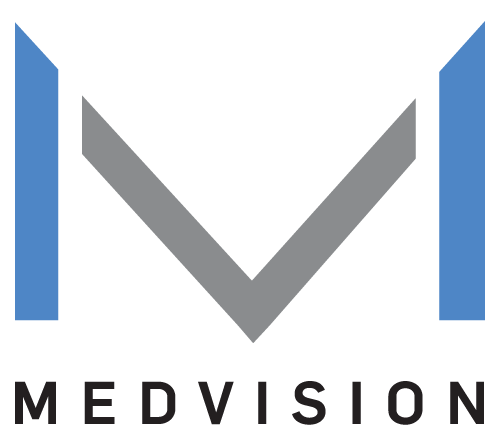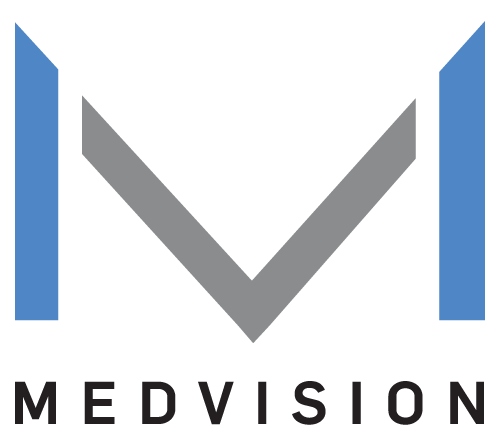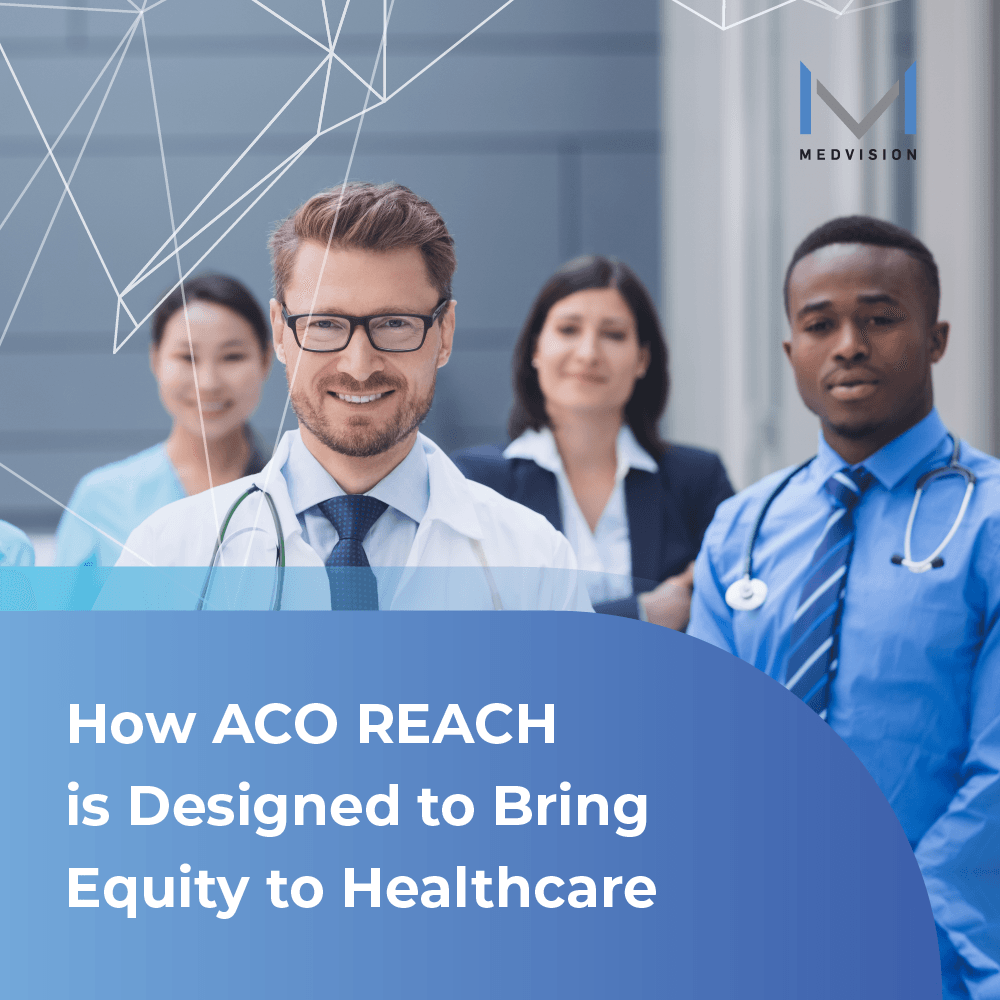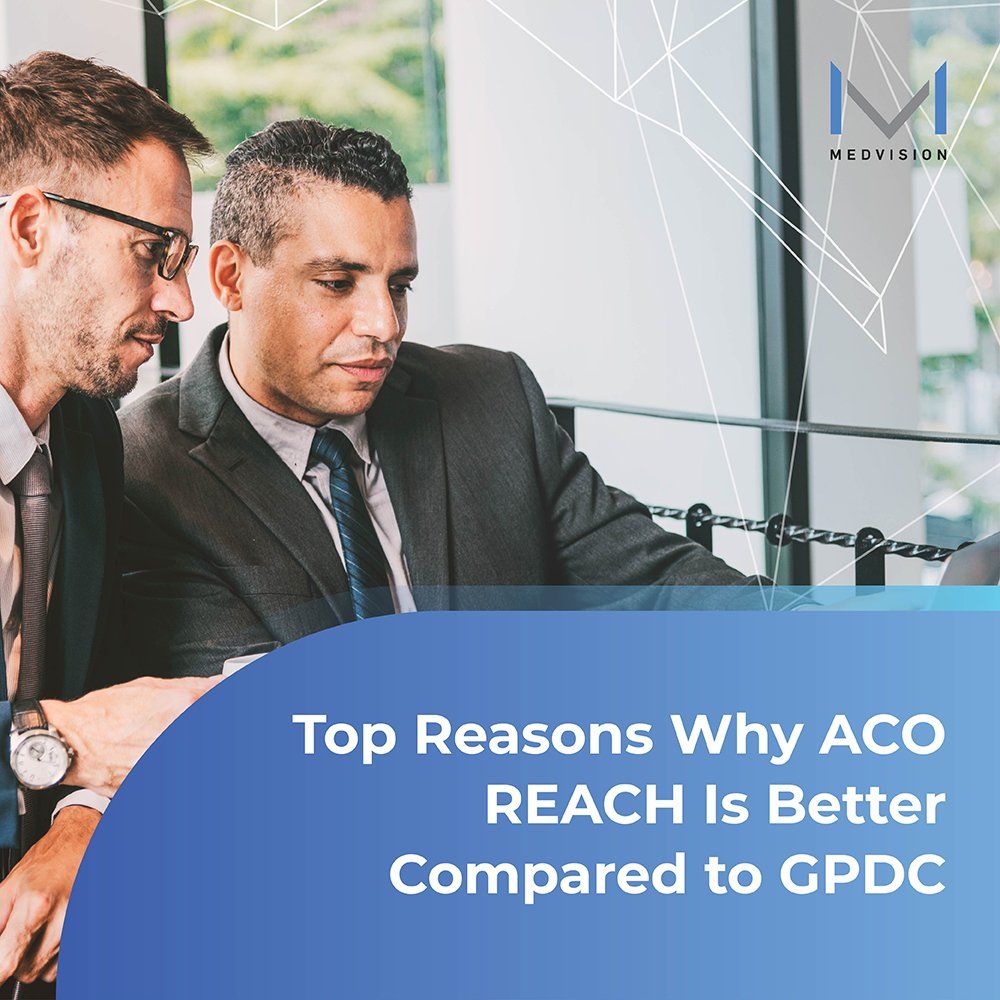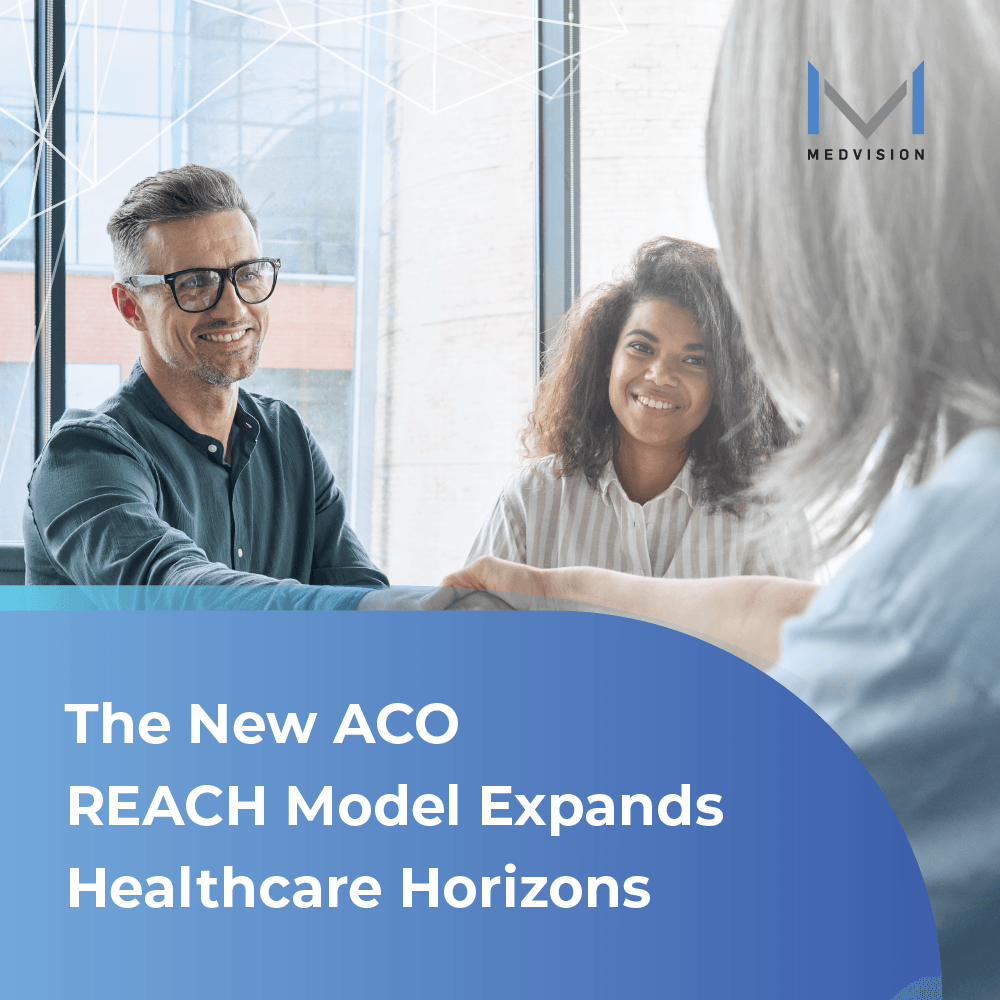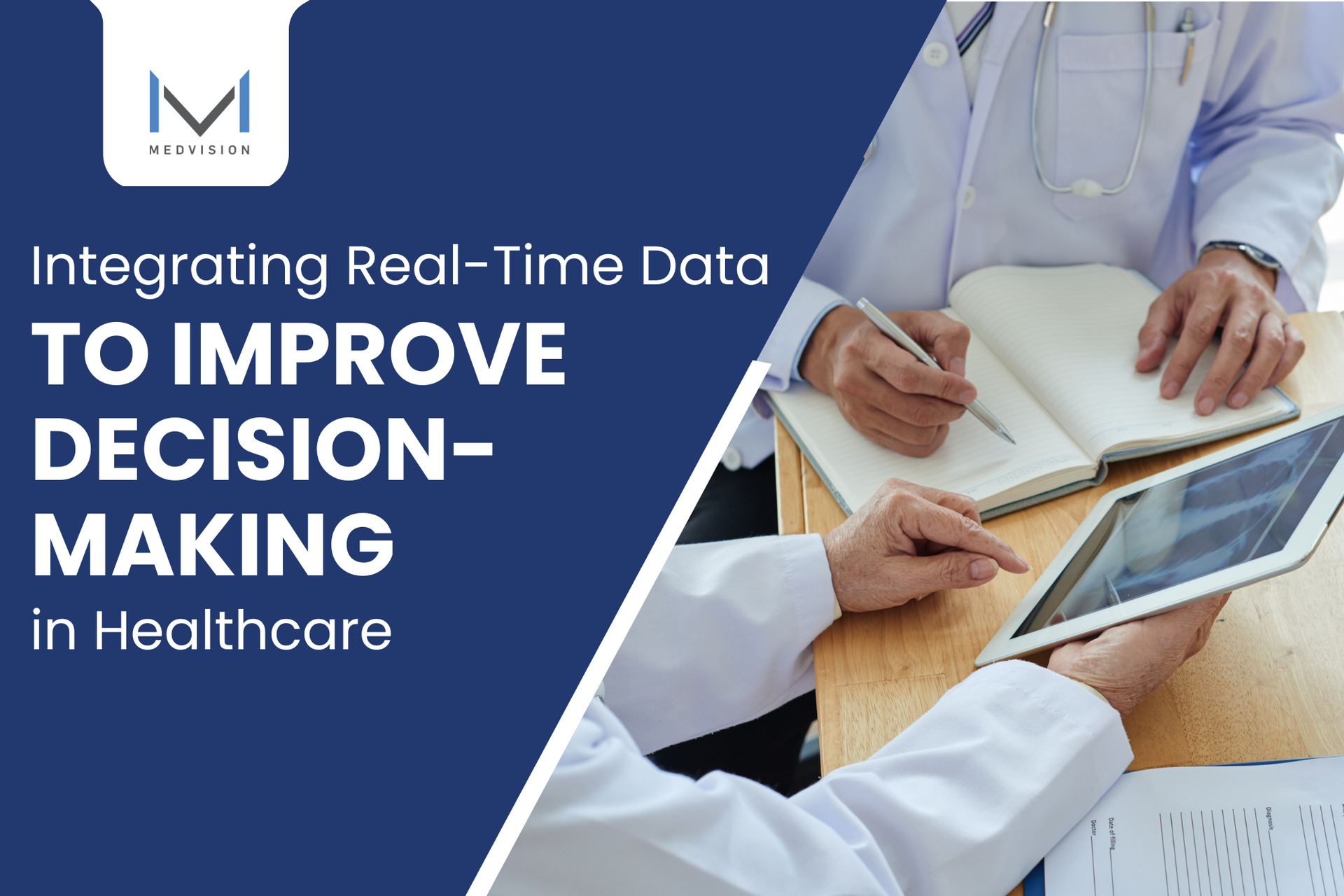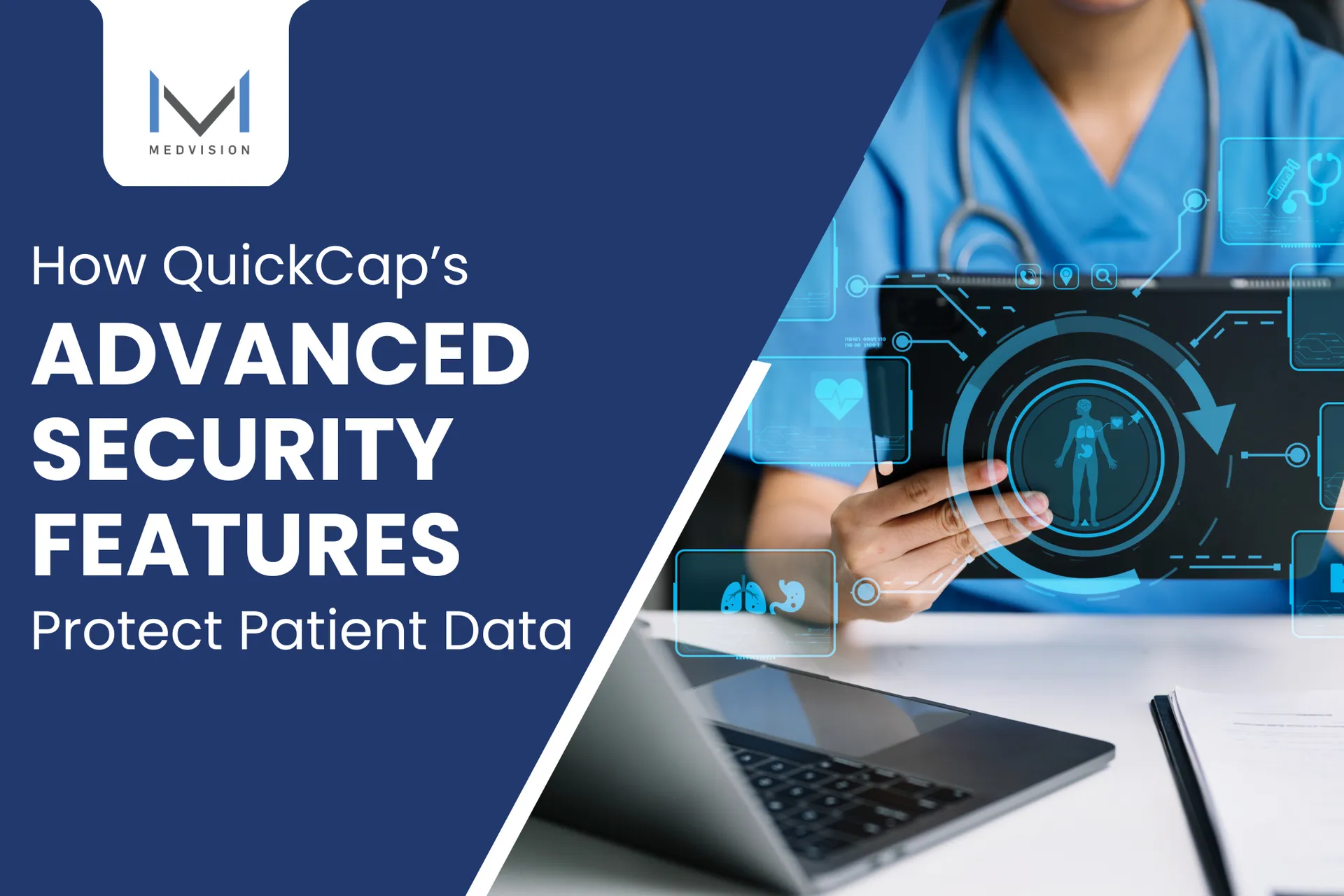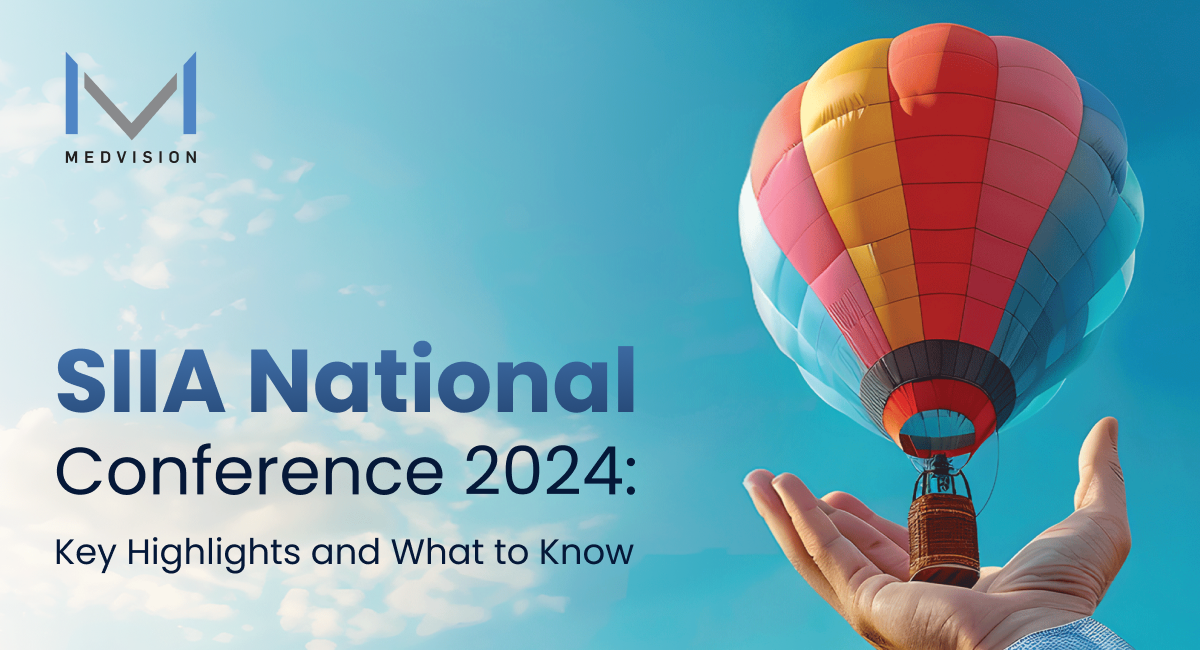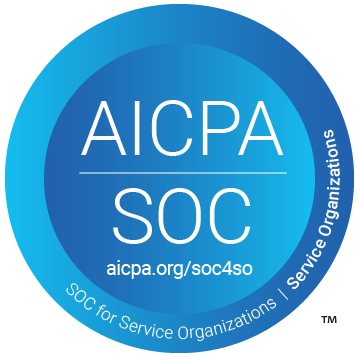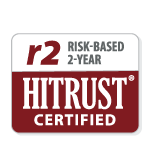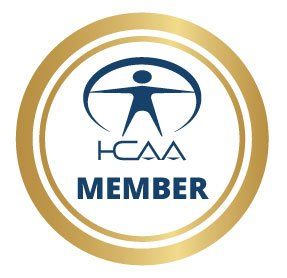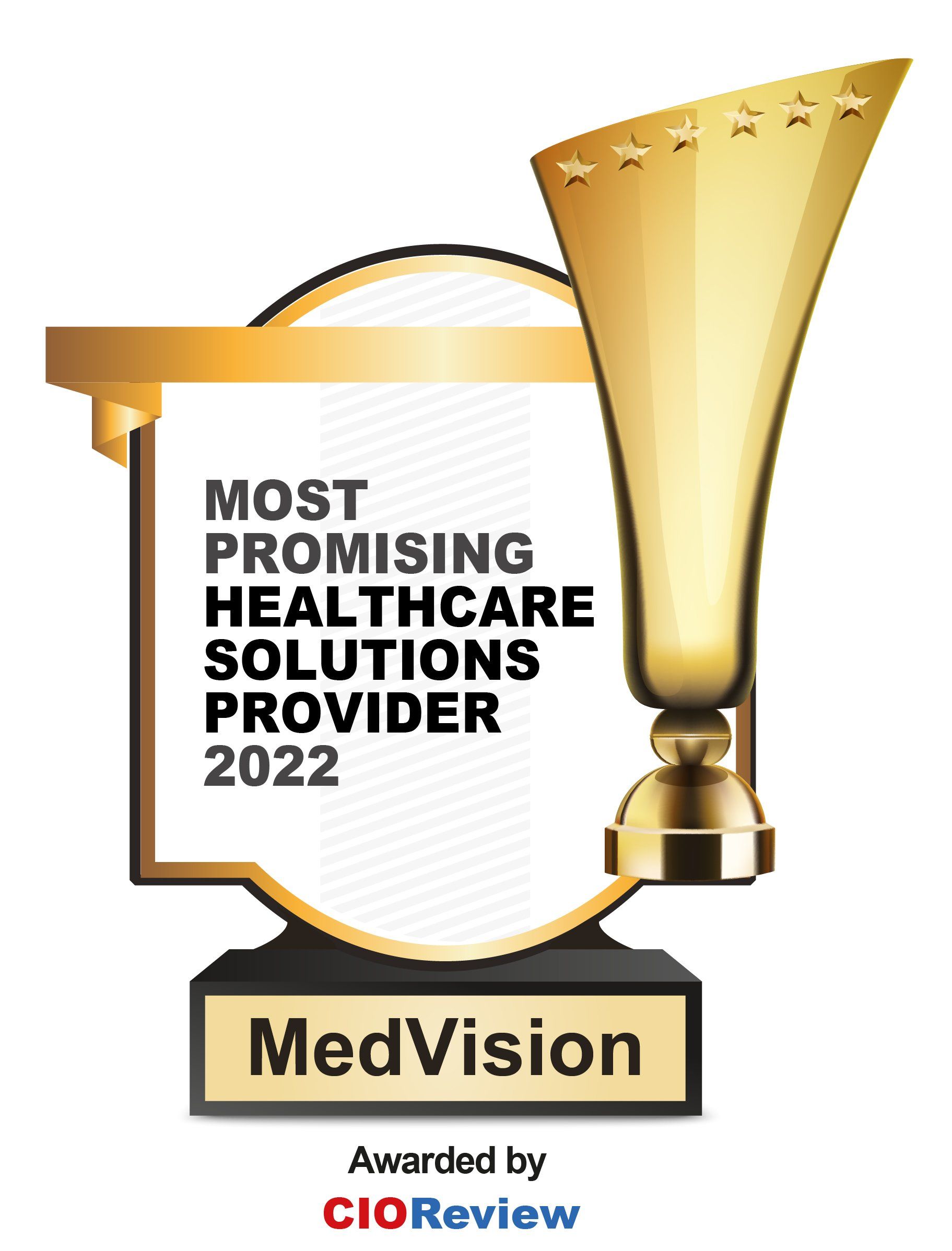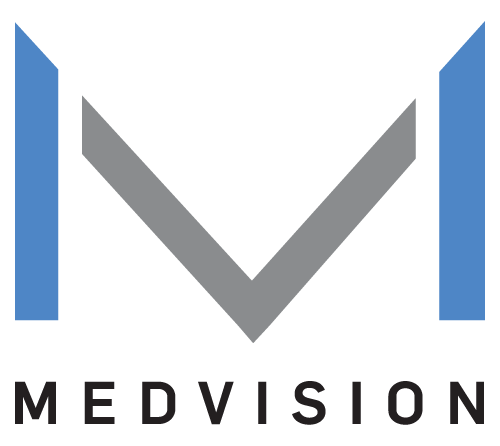ACO REACH vs. DCE: Is One Better Than the Other?
The highly anticipated launch of the redesigned Direct Contracting Entities (DCE) model has thrilled many key industry players. Now called Accountable Care Organization Realizing Equity, Access, and Community Health (ACO REACH), this new model seeks to
expand even more healthcare horizons. With the refinements made, healthcare experts are even more intrigued by how
health populations can benefit from the new ACO REACH vs. DCE model.
A Quick Refresher on ACO REACH vs. DCE
The ACO REACH is set to start on the 1st of January 2023, as stated by the Centers for Medicare & Medicaid Services (CMS). The Center for Medicare & Medicaid Innovation (CMMI) has started accepting applications from March 7 to April 22, 2022.
Existing DCE models may still participate in the new model without applying again as long as they provide a strong compliance record. Under these terms, DCEs become ACO REACH models. This happens after meeting the requirements through the execution of an Amended and Restated Participation Agreement with CMS.
The ACO REACH is anticipated to run for four years, from 2022 through 2026. ACO REACH is intended to reflect healthcare priorities such as health equity while improving the quality of care. Aside from health equity, an
increased focus on serving patients in underserved communities is envisioned. CMS states that the three principal purposes of ACO REACH are to reduce total healthcare costs, preserve or enhance the quality of care for beneficiaries, and promote health equity by bringing accountable care to underserved populations.

Promising Enhancements Seen in the ACO REACH Model
There are five distinct differences found between the two models. These fundamental differences make healthcare professionals even more attentive to ACO REACH vs. DCE model comparisons. The five key features of the ACO REACH model are:
Governance
One of the requirements for the ACO REACH model is that their participating providers or appointees control 75 percent of the governing body. This is an increase over the 25 percent of the DCE model yet consistent with the CMS Medicare Shared Savings Program (MSSP) model requirements.
The ACO REACH model will also require the governing body to incorporate two separate individuals. These two positions will allow each to serve as a Medicare beneficiary representative and a consumer advocate. Each of these representatives will also have voting rights.
Health Equity
A health equity benchmark adjustment will be introduced by the ACO REACH model to support care delivery for underserved communities. ACO REACH models are required to develop health equity plans that identify underserved communities within the beneficiary populations. It is expected to reduce health disparities, with a template available to current DCEs opting to continue as ACO REACH models.
CMMI has given indications that additional guidance will be issued to meet health equity plan requirements. Additionally, ACOs will be required to provide collected data on beneficiary demographics and socioeconomic status needs. These data will be utilized to score applications as part of the review process.
Screening and Monitoring
Increased applicant and participant screening and monitoring provide the ACO REACH with stronger beneficiary protection. CMMI will focus more on collecting supplemental information on an applicant in terms of ownership, leadership, and governing board members. To ensure alignment with the ACO REACH vision, CMS will require a thorough review of the ownership, affiliations, and financial interests of the applicant.
Additional monitoring and compliance efforts will focus on reviewing ACO risk score growth, audits of provider contractors, beneficiary changes in access to care, marketing materials, and compliance with anti-competitive practices.
Risk Score Growth Cap
There are two changes to the risk score growth cap to mitigate potential risk score gains made inappropriately. The first is the adoption of a static reference year population. And the second is the capping of ACO risk score growth relative to the demographic risk score growth.
By keeping the reference population the same during the program run, CMMI limits the ability of the ACO to increase risk scores year over year. Consequently, high-risk beneficiaries with significant health changes over the program run can harm ACOs. To prevent a negative impact on their benchmarks, ACOs may need to amend their list of participating providers.
Additional Financial Changes
Global ACOs will have a modified discount capped at 3.5 percent instead of the 5 percent cap applied to Global DCEs. CMMI aims to further increase participation in the full-risk, fee-for-service (FFS) initiatives through the lower cap amount.
Both Professional and Global ACOs now have the quality withhold at 2 percent, whereas the DCE had 5 percent. Certainly, this can effectively add more upfront funding for ACO REACH activities.

More Opportunities for Current DCEs and Other Models
The ACO REACH model is teeming with possibilities for healthcare organizations interested in participating in health equity expansion. Aside from New Entrant applications, well-positioned DCEs are at a powerful advantage to transition to the ACO REACH model. Well-established ACOs, on the other hand, are strongly favored to join especially when experienced in healthcare delivery for underserved populations.
As leaders in expanding healthcare equity, ACO REACH participants will be
expected to deliver healthcare effectively. The most ideal tool that ACO REACH models will require is one that offers comprehensive,
all-in-one healthcare administrative solutions. As a leading partner in healthcare operational software, MedVision has anticipated and prepared for the eventual evolution of the industry. Supporting ACOs, DCEs, and now the ACO REACH model, the QuickCap7 (QC7) is designed to provide streamlined and secure healthcare management.
QC7 allows your organization to seamlessly integrate diverse data sources, process information, and display relevant healthcare details through artificial intelligence (AI). Automated healthcare processes can also support your business to grow while focusing on improved healthcare outcomes. QC7 has powerful capabilities that benefit you through:
- Effective credentialing processes to oversee linked healthcare providers
- Strong case management functionalities to handle patient processing
- Automated proactive clinical alerts customized to improve health outcomes
- Robust authorization and referral functions to manage case requests
- Secure claims management facilities to adjudicate or reject claims
Developed with you in mind, QC7 can be easily customized to fit your organizational needs. A proud partner and support system for many healthcare organizations, QC7 has spent nearly three decades providing customized value-based administrative solutions. Let us guide you through your ACO REACH journey and transform healthcare—your way.
Start Your ACO REACH Experience Now.
References:
2. https://www.jdsupra.com/legalnews/cms-responds-to-industry-stakeholder-5124740/
3. https://innovation.cms.gov/media/document/aco-reach-rfa
Explore Related Blogs
Recently published articles
Keep in touch
Subscribe to get the latest update
Trending topics
Share your insights on social media
Upcoming events and company news
